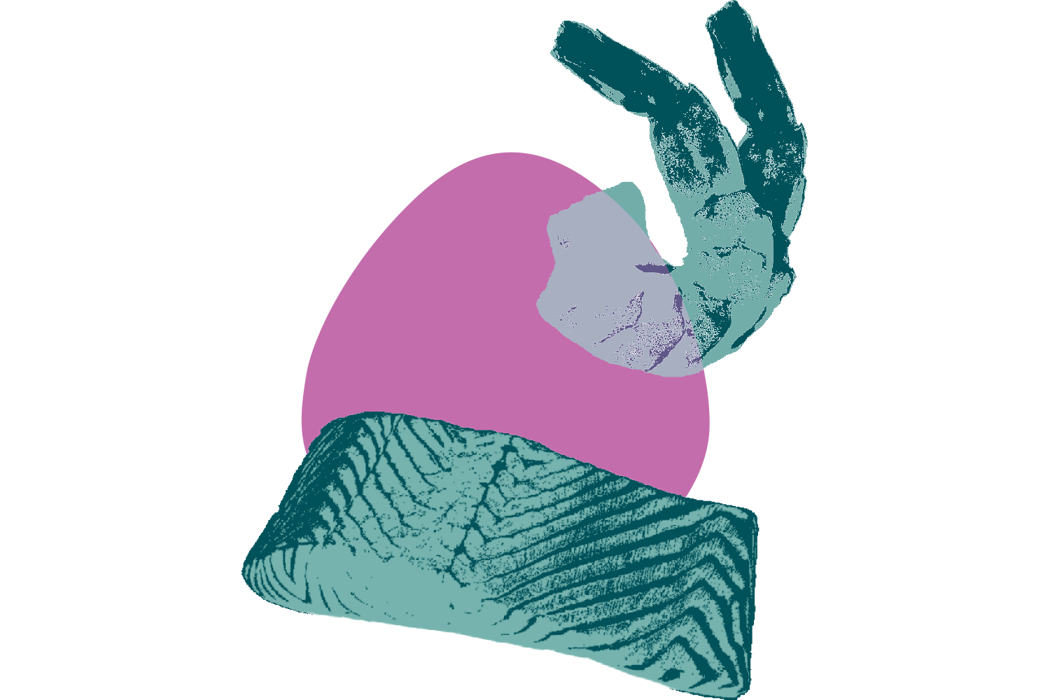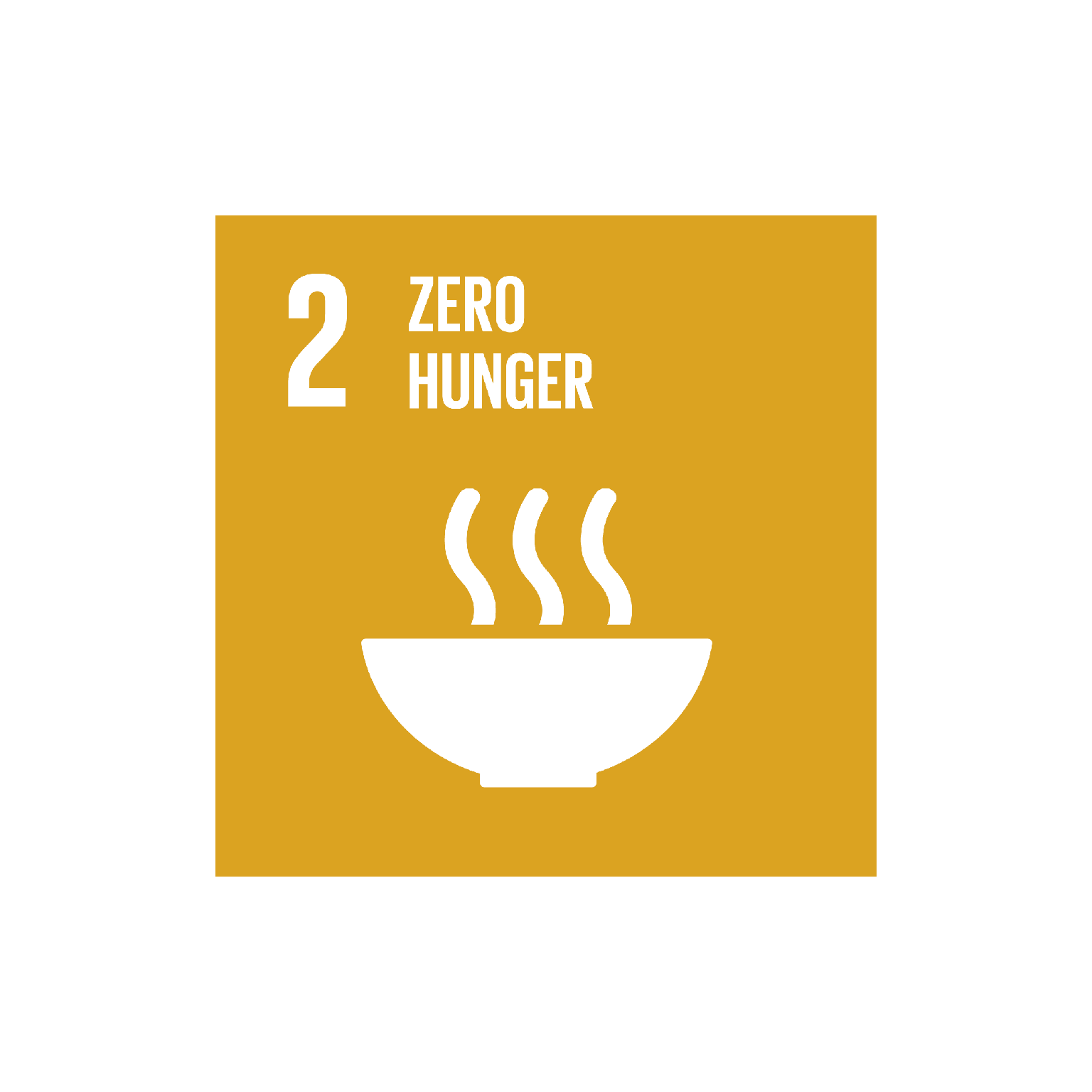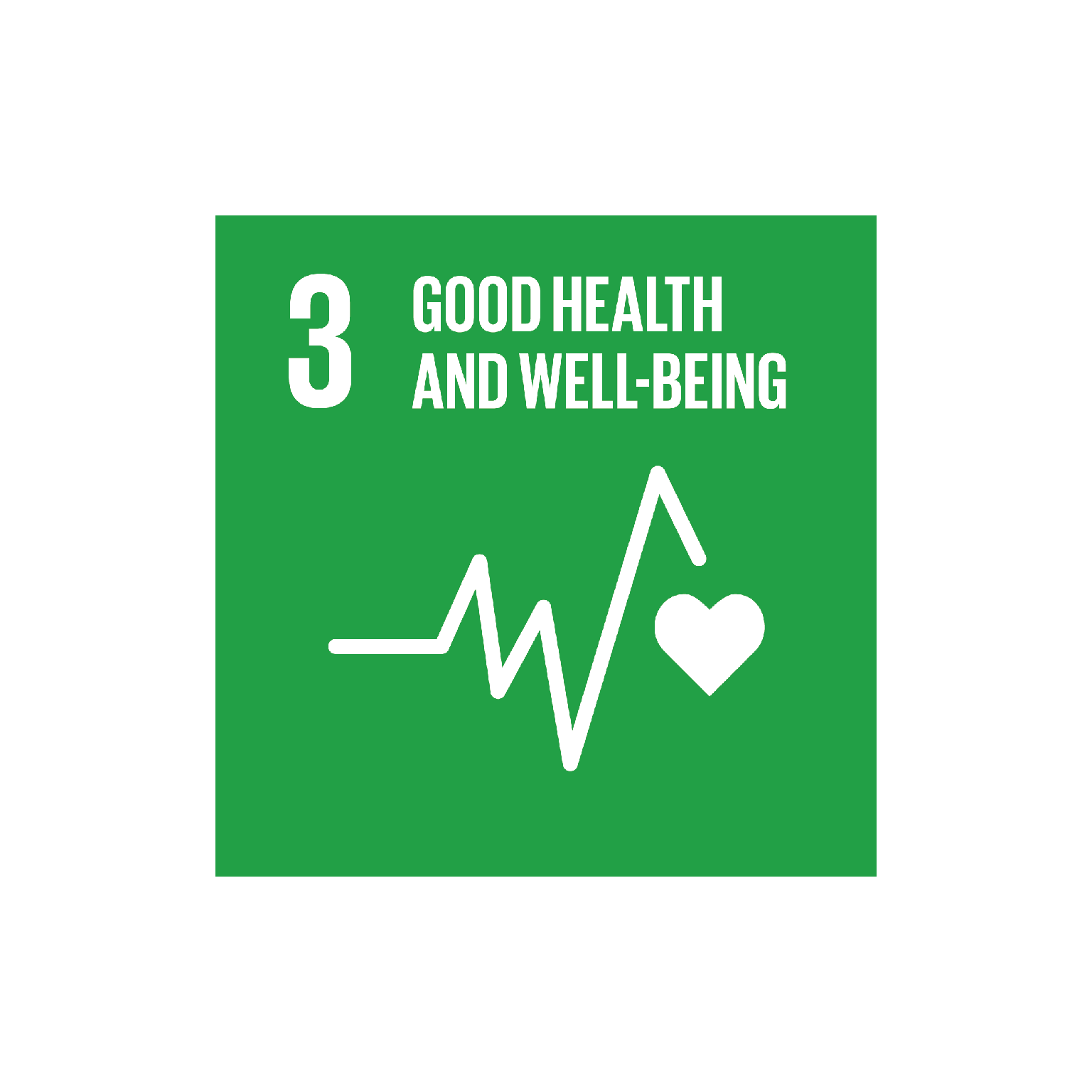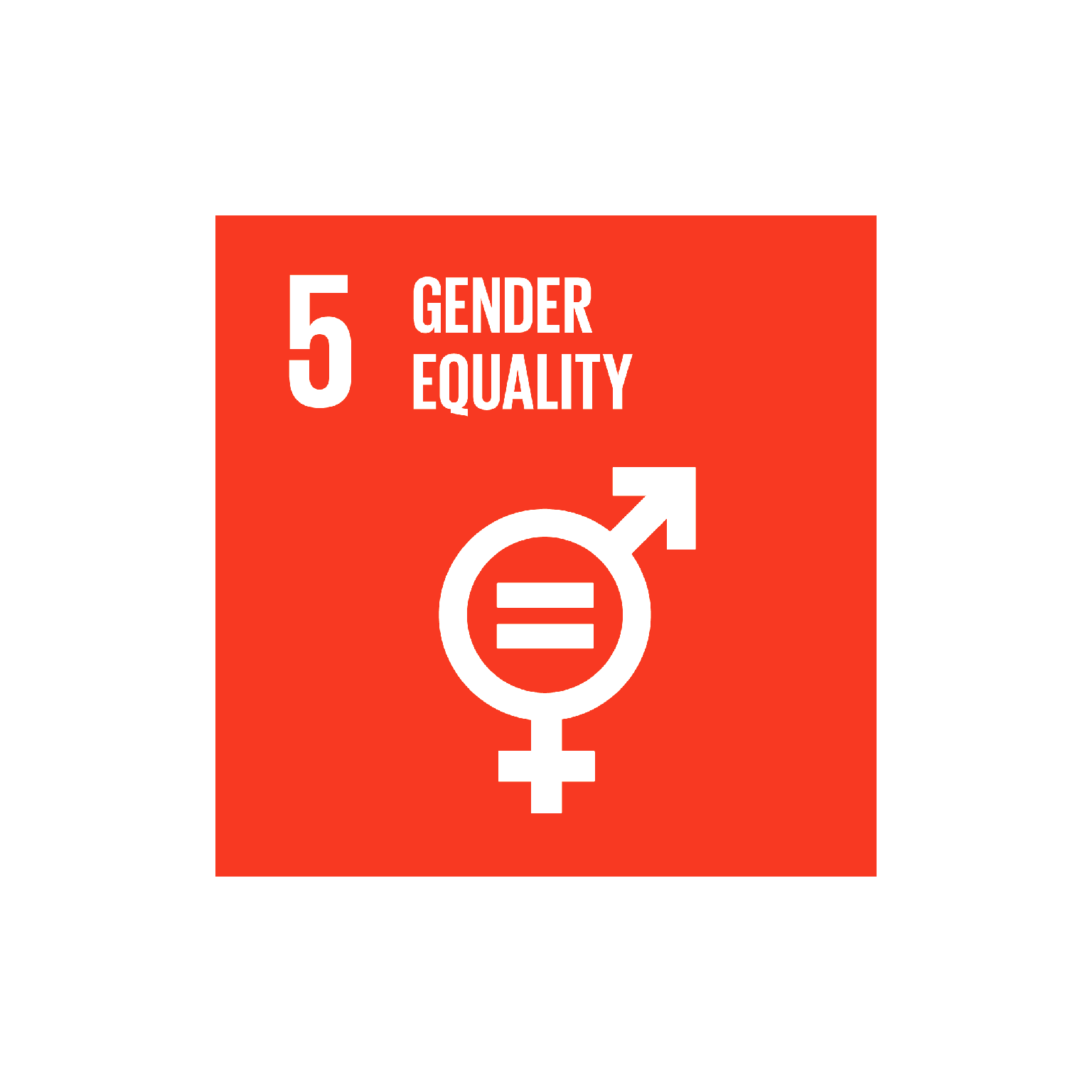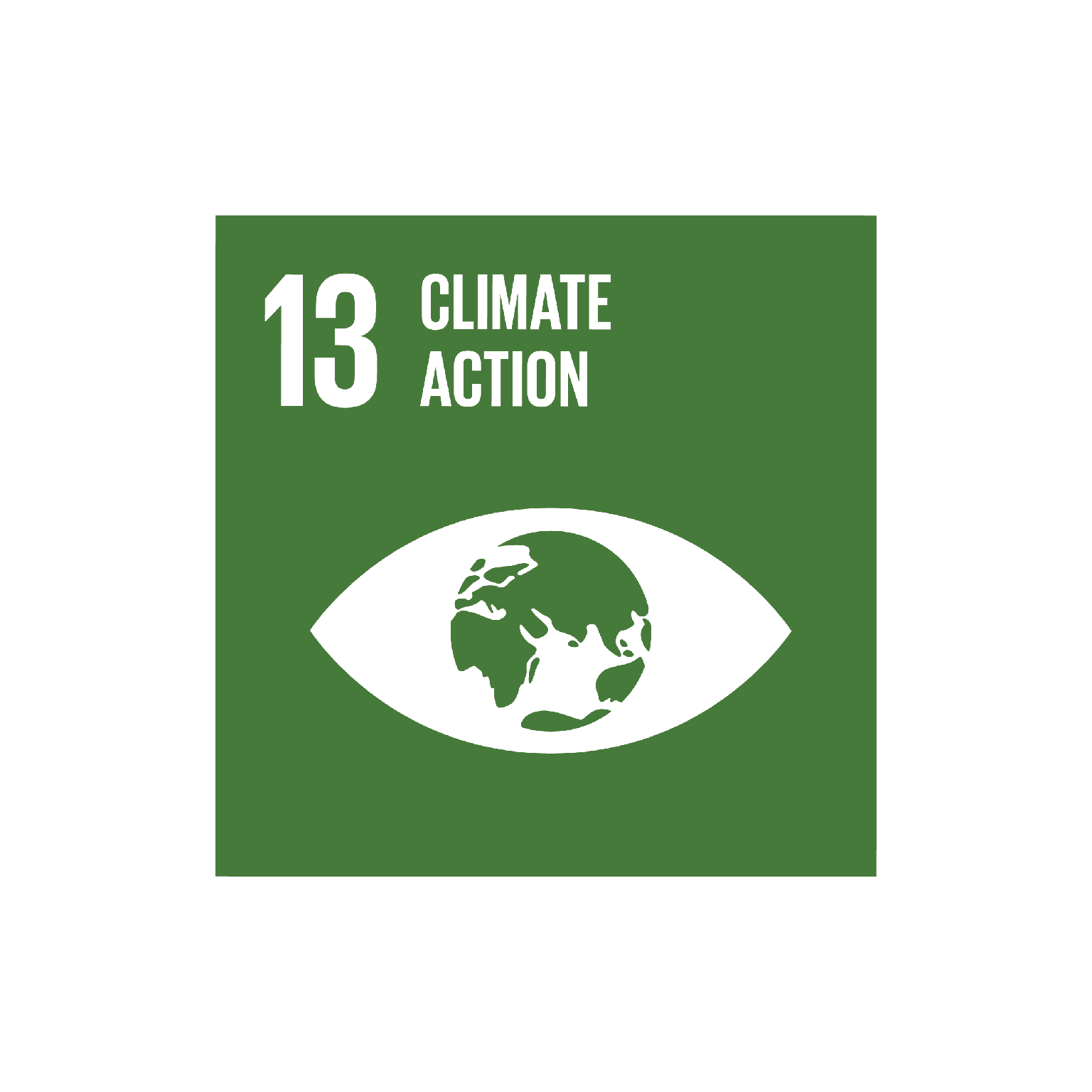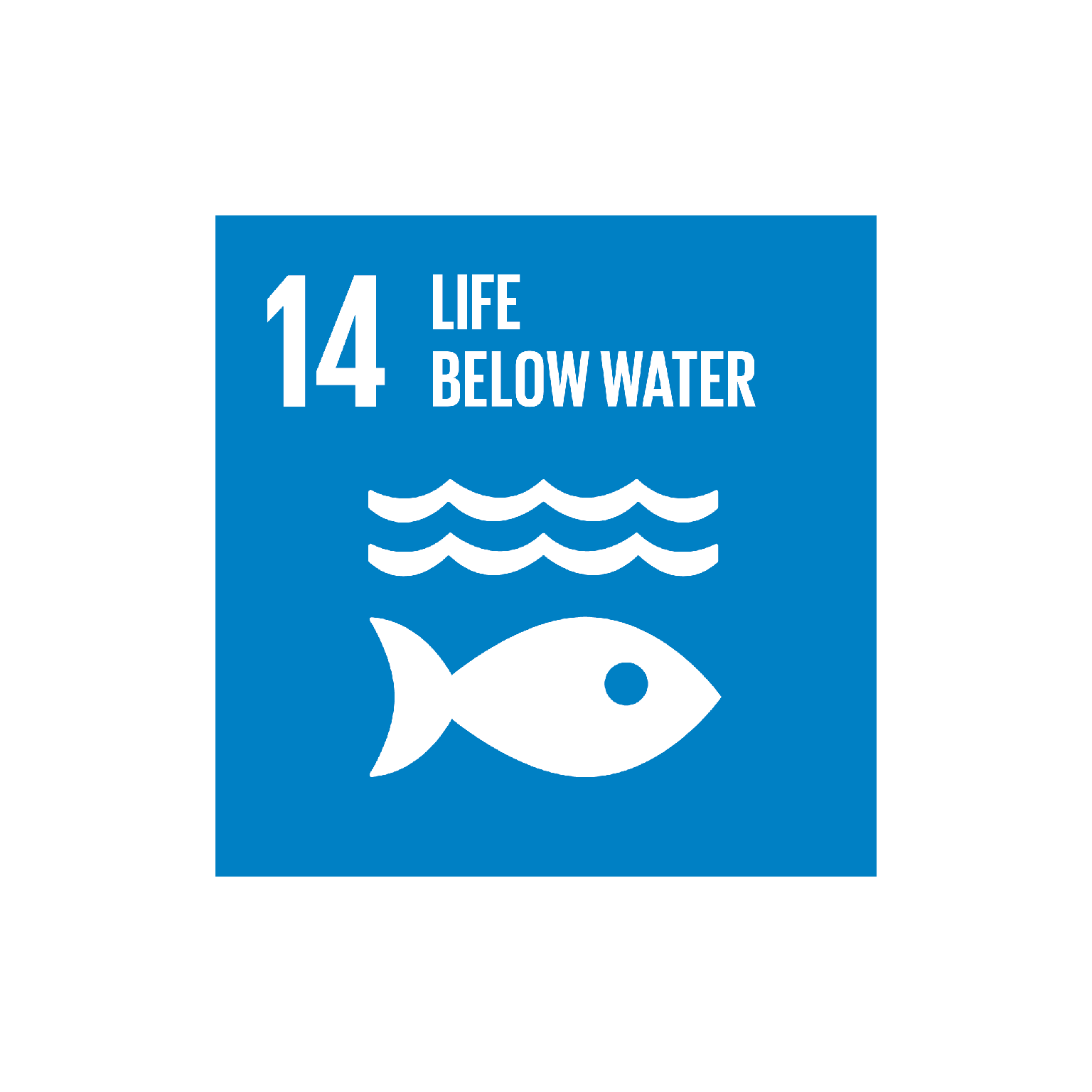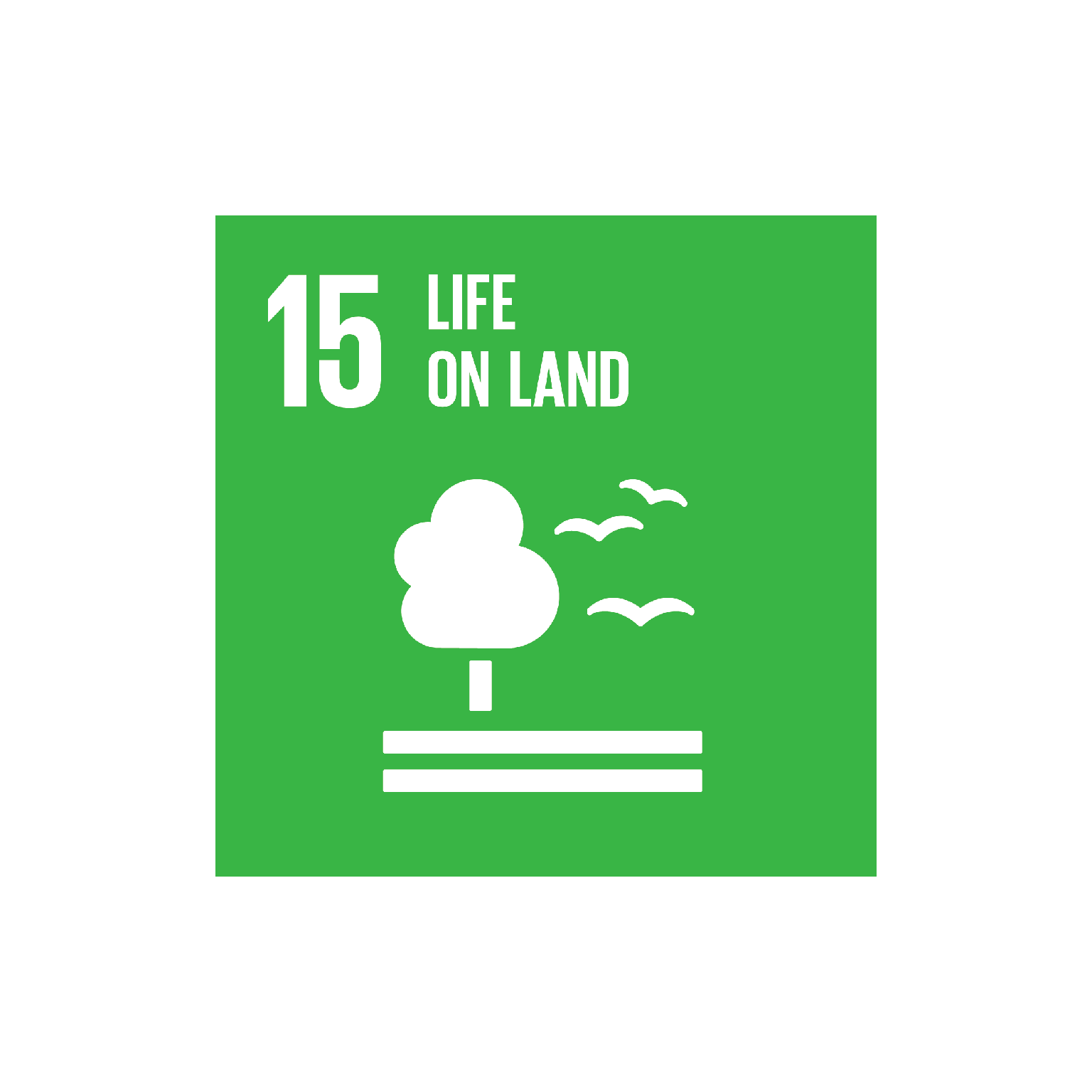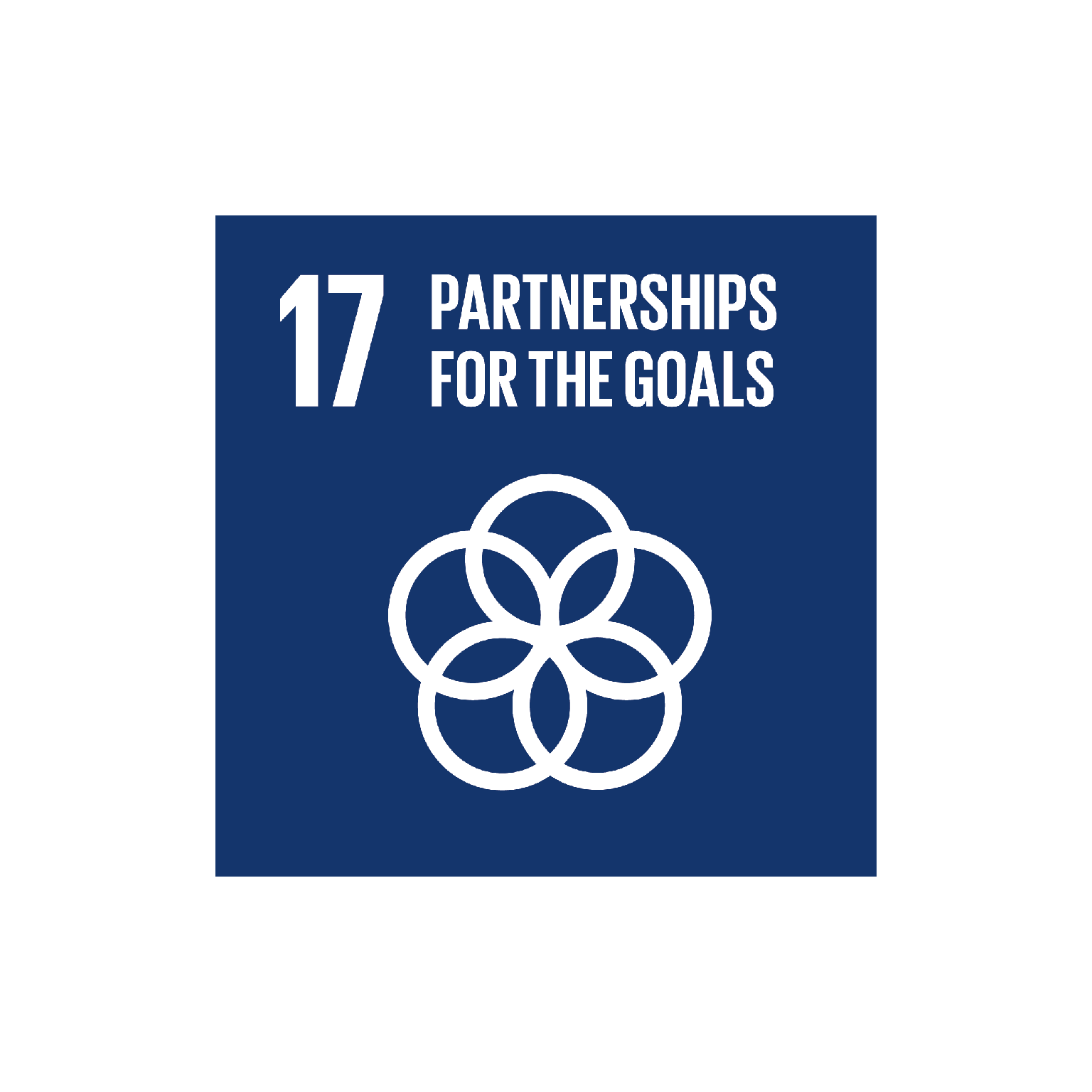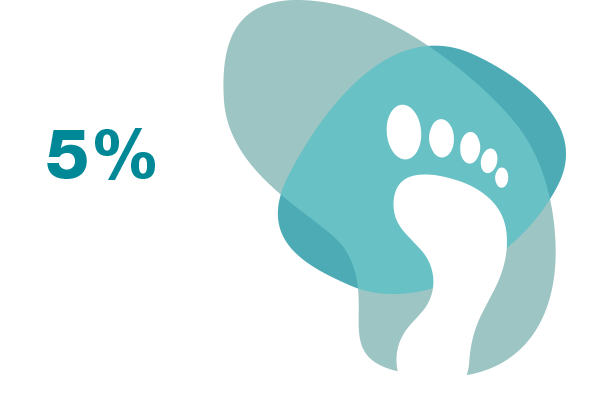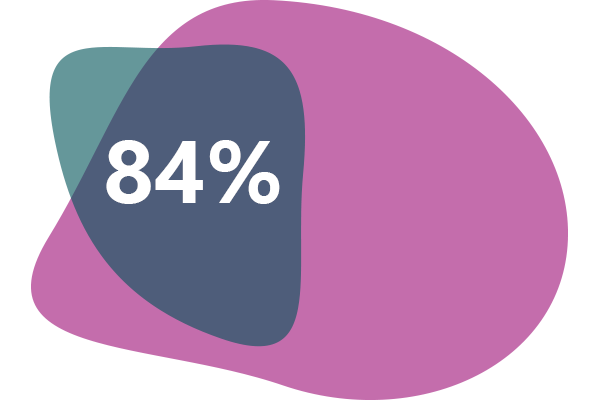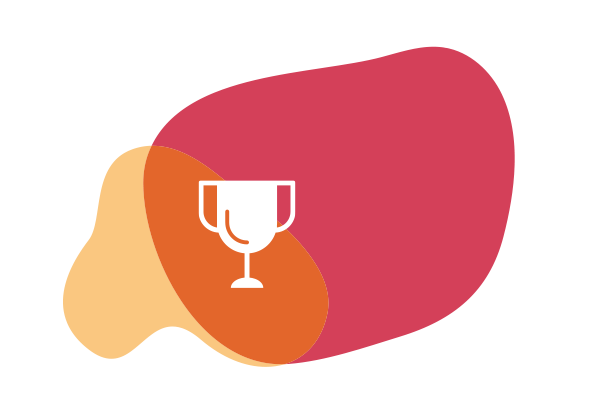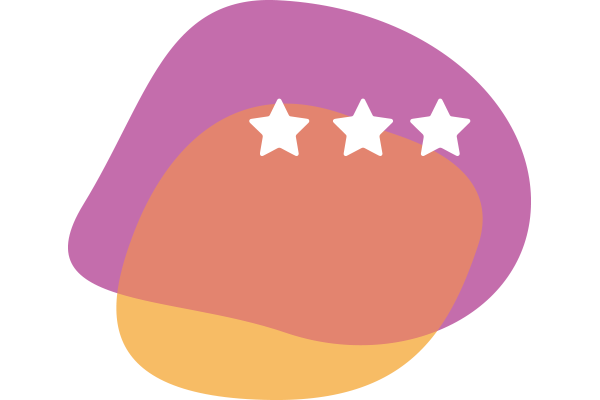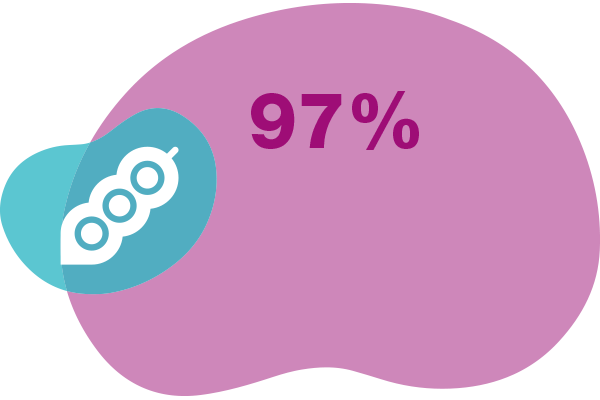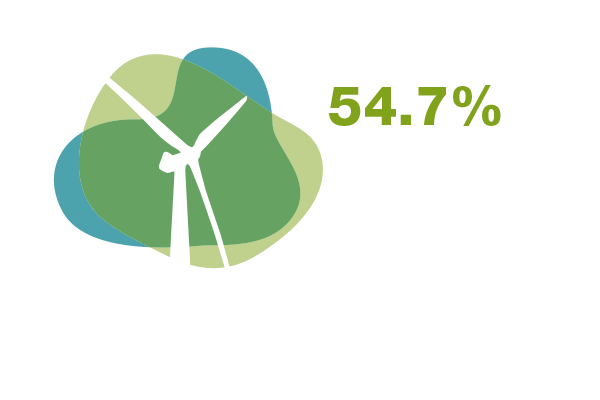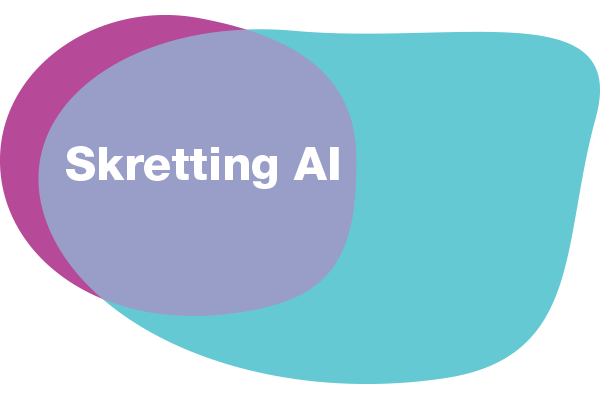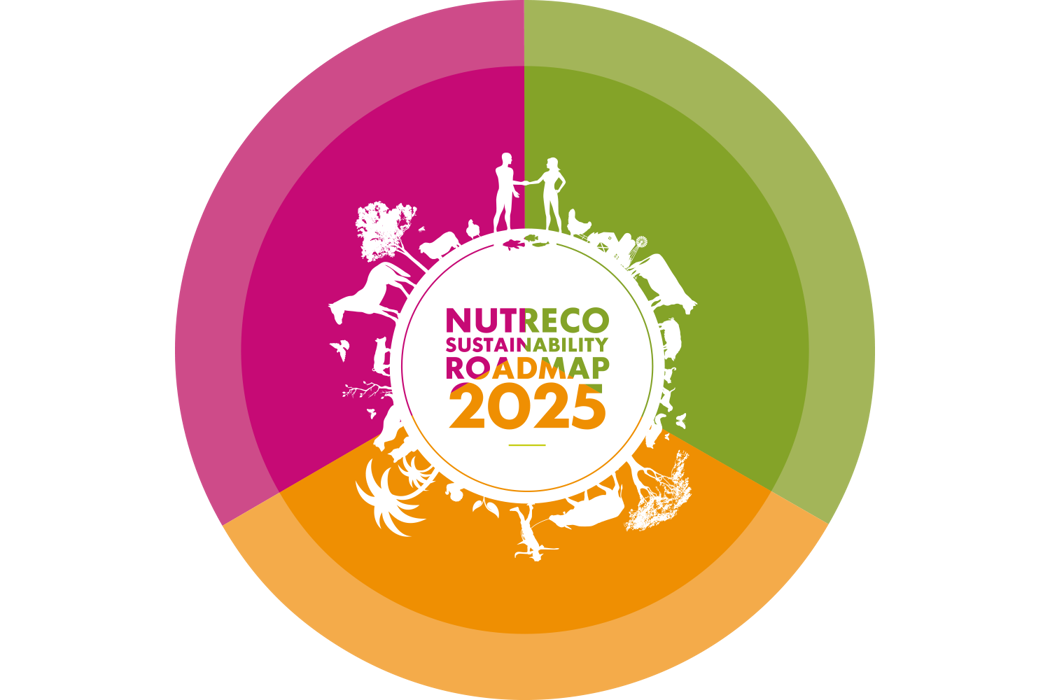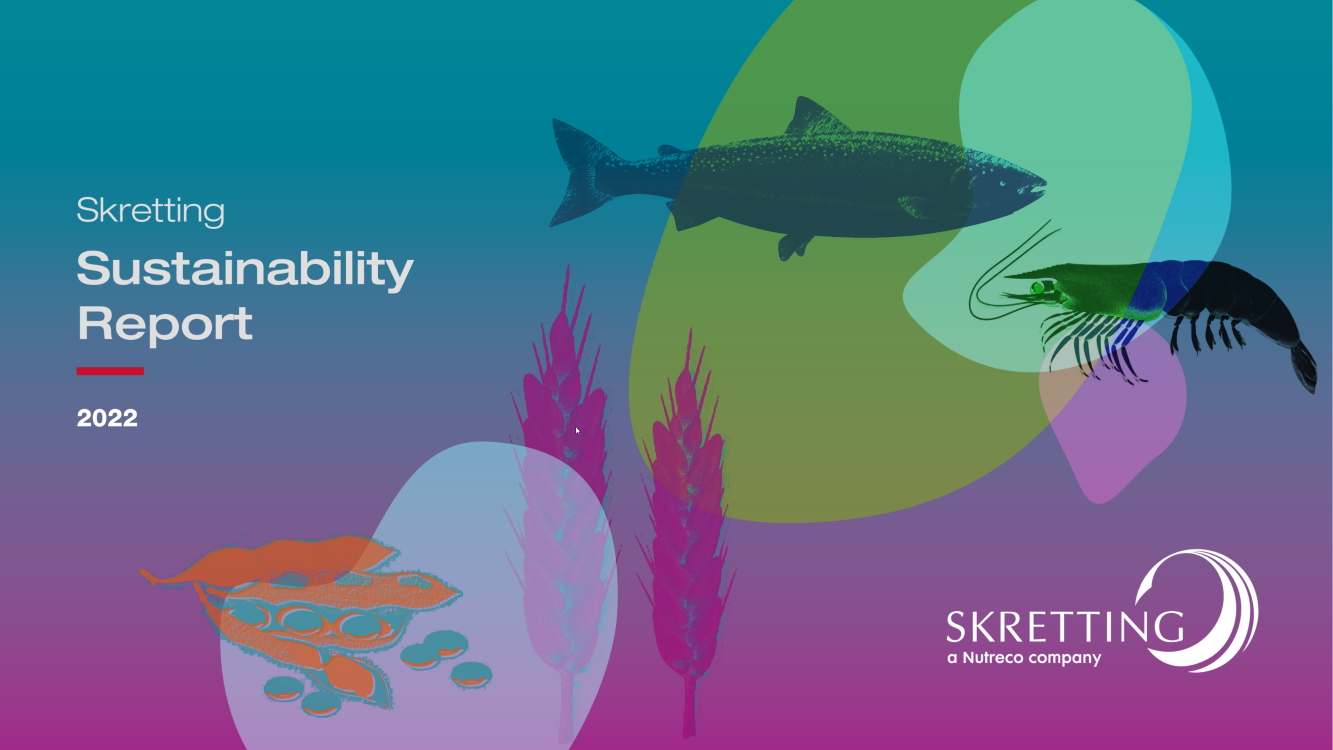According to SOFIA, global aquaculture production reached a record 122.6 million tonnes in 2020. This was despite the worldwide spread of the COVID-19 pandemic, with the total including 87.5 million tonnes of aquatic animals. It also confirms aquaculture accounted for 56% of the aquatic animal food production made available for human consumption.
The report estimates this supply will rise to 106 million tonnes in 2030 and should break the 100-million-tonne-threshold for the first time in 2027. To achieve this, the report projects aquaculture expansions will continue on all continents, with wide variations in the range of species and products. But at the same time, it insists that over the course of the next 10 years, aquaculture must expand sustainably to satisfy the gap in global demand for aquatic foods, especially in food-deficit regions, while also generating new or securing existing sources of income and employment.
The report also highlights that priority areas for innovative aquaculture practices should include aquafeeds and feeding, digitalisation and the promotion of efficient and pro-environment practices. It adds that implementing these solutions requires adequate capacity and skills, training, research and partnerships, and that these can benefit from developments in information and communications technology and wider access to mobile applications and platforms.
Read the SOFIA report
